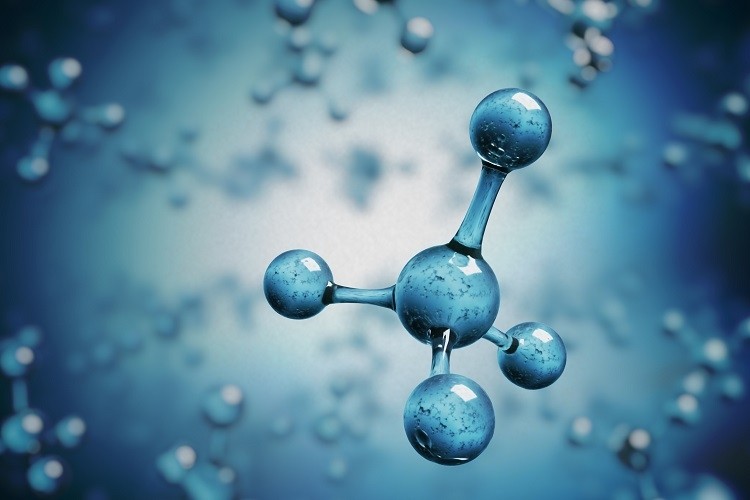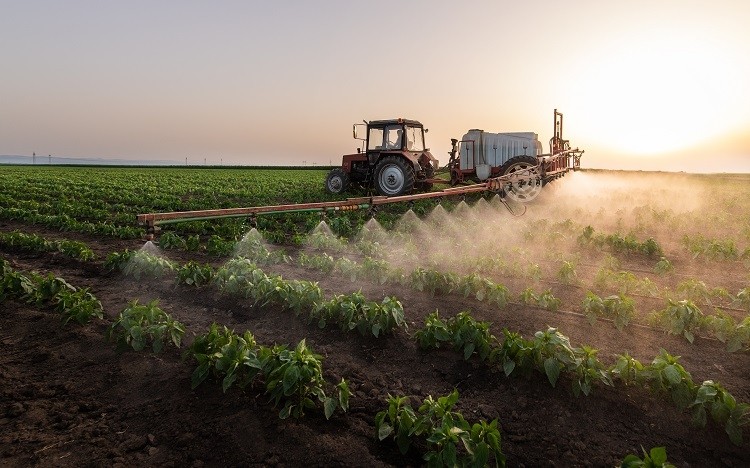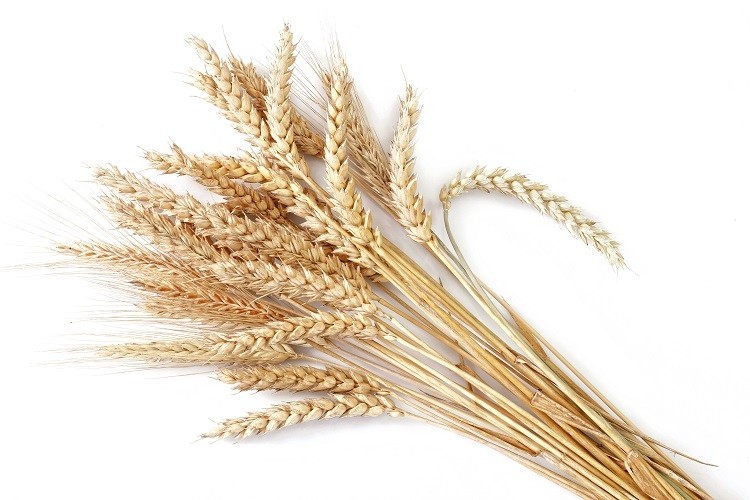[ad_1]
The agri-food stuff market is underneath pressure to cut down its carbon footprint. Globally, a person-quarter of the world’s greenhouse gas (GHG) emissions final result from food items and agriculture – the the greater part of which happens before the product or service reaches the supermarket shelf.
At the farm amount, mineral nitrogen fertilizers are commonly applied in traditional agriculture to improve productiveness. Remaining produced from fossil fuels, nonetheless, signifies they are significant GHG emitters: the latest research implies nitrogen fertilizers account for about 2.4% of global emissions.
At the very same time, around a single-third of the whole vitality input to crop creation goes to the production of fertilizers.
According to the Intergovernmental Panel on Climate Transform, the total of mineral nitrogen fertilizers applied worldwide has developed 800% since the 1960s. The UN expects that volume to raise by 50% by 2050.
An ‘effortless’ way to decarbonise the foodstuff chain, according to plant food items main Yara is to swap out typical nitrogen fertilizer for a fossil-no cost alternate.
The company, deemed the major crop nourishment player in Europe, is producing the very first commercially-obtainable option that ‘greens’ ammonia generation while leveraging renewable electricity to assistance industry decarbonise the food items chain.
What is ‘green’ fertilizer?
Inexperienced fertilizers are nitrate-primarily based mineral fertilizers with exactly the exact same chemical and bodily composition as fertilizers manufactured with fossil fuels – no matter if that be organic fuel, coal, or oil.
Ammonia is the building block of all mineral fertilizers. Conventional mineral fertilizer makes use of ammonia made using hydrogen from fossil fuels.
To generate inexperienced fertilizers, Yara makes ammonia from h2o working with electrolysis based mostly on renewable energy, Birgitte Holter, VP, Green and Very low Carbon Fertilizer Remedies, described. “For our eco-friendly fertilizer, we will halt utilizing all-natural fuel as a uncooked content. There is hydrogen in water as properly, so we break up the water molecule and taken the hydrogen that way.”
Soon after extracting the hydrogen to build inexperienced ammonia, all the other procedures continue being the exact same.
The electrolysis method and fertilizer manufacturing will be fuelled by inexperienced strength. In Norway, that could imply electrical power sourced variety Norwegian hydropower. But as Holter defined, the power source is area dependent. “In Australia, for instance, we use photo voltaic ability.”
The consequence is a green fertilizer with an 80-90% lower carbon footprint, estimates Yara.
“Switching from a standard fertilizer to a environmentally friendly fertilizer can help the food items chain to significantly reduce carbon emissions,” Holter instructed FoodNavigator. “In wheat, environmentally friendly fertilizer could take 20% out of the carbon footprint, and if you translate that into a loaf of bread, it could decrease emissions by about 10-15%.”
Lowering reliance on Russian fuel
Yara’s innovation appears to have appear at an opportune time, as common mineral fertilizer charges soar amid the Ukraine-Russia conflict.
Prior to Russia’s armed service invasion of Ukraine before this yr, crop nourishment selling prices ended up previously on the up. But now, confined supply of Russian gasoline is exacerbating the problem.
For Yara, the conflict’s effect on food items protection reiterates the organization is on the correct route. A number of many years ago, when Yara determined to commercialise inexperienced fertilizer at scale, its ambitions were being to reduce the climate footprint of fertilizer generation, and therefore, of foods, we have been told.
“But almost everything that has took place due to the fact then – to start with with the gas price ranges likely bananas and then later on with the Ukrainian war and concentration on food security – proves that this is the suitable way to go,” said the VP.
Interestingly, the environmentally friendly fertilizer technological innovation is not new.
Yara was to start with recognized in 1905 below the title Norsk Hydro. The enterprise was the world’s initial producer of mineral nitrogen fertilizers. “We started off 117 many years ago…with a technological innovation that resembles this,” explained Holter.
As purely natural fuel became more aggressive as a uncooked substance for fertilizers in the 20th century, Yara also changed the majority of its creation to natural fuel, but continued making hydrogen working with electrolysis at its plant in northern Norway right until the 1990s.
“Now, we’re going back again to the basics, in which we’re working with h2o as the uncooked content in essence…and using renewable electrical energy in the process.”
Will ‘green’ food stuff charge much more?
Unsurprisingly provided economies of scale, green fertilizer could be additional highly-priced than traditional generated solutions.
This generates a challenge for Yara, who desires to make certain ‘good enterprise models’ can be designed to share the value boost. Holter needs to keep away from ‘one section of the chain’ carrying ‘extra burden’. “And of system, we are imagining a ton about the farmers…this is wherever we invite food items organizations to [come together and brainstorm with us].”
For the close buyer, The Environment Economic Discussion board in collaboration with Boston Consulting Group, estimates food items price ranges would only a bit maximize if made with zero upstream emissions. The average price tag raise on a €20 buying basket is predicted to be all around 4%.
Yara calculates that the charge of a loaf of bread could increase all around 1%.
At the exact time, survey-primarily based reports in Western countries suggest that more than 50% of customers a
re eager to pay more for sustainable solutions.
The long run of fertilizers
Yara is manufacturing its environmentally friendly fertilizer in Norway, at just one of the premier fertilizer crops in the world. Building of a initial scaled-down plant devoted to eco-friendly fertilizer manufacturing is underway.
Concerning scale, Yara wants to shift as ‘fast as possible’. “It’s obvious we are dependent not only on accessibility to renewable electricity, but also on readily available renewable power infrastructure.”
Yara’s fossil-free fertilizer will reach the current market mid-2023. The organization has presently signed a business settlement with Swedish agricultural cooperative Lantmännen.
The crop diet company is certain of the importance of mineral fertilizer in the future. The most extreme calculations show that if fertilizer is not extra to the soil, crops can be lowered by 50% at the next harvest, discussed Holter.
“The least difficult way to cut carbon and GHG emissions is of course to quit producing, but that would reduce crop yield. That is why we have preferred another [solution].
“We are component of the food chain. Our mission is to feed the environment when defending the world. Consequently, we experienced to discover a solution…[which means] heading to market with fertilizer that secures meals security while not harming the world.”
[ad_2]
Resource link



